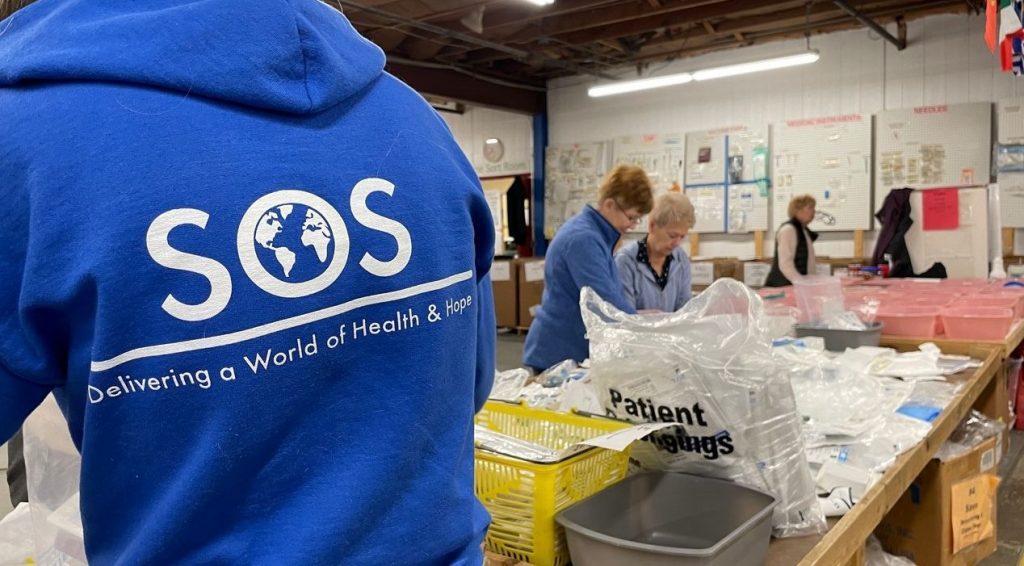Toyota and Preferred Networks collaborate to Build Helper Robots

Japan’s largest automaker Toyota and Tokyo-based AI startup Preferred Networks Inc will carry out joint research to develop so-called service robots that are “capable of learning in typical living environments”. The two companies intend to engage in joint research and development on Toyota’s Human Support Robot (HSR) robotics platform and aim to develop service robots catering to market needs.
Japan’s largest automaker Toyota and Tokyo-based AI startup Preferred Networks Inc will carry out joint research to develop so-called service robots that are “capable of learning in typical living environments”. The two companies intend to engage in joint research and development on Toyota’s Human Support Robot (HSR) robotics platform and aim to develop service robots catering to market needs.
Founded in 2014 by Daisuke Okanohara and Toru Nishikawa, Preferred Networks is a software development company that applies real time, cutting-edge deep learning technology to applications in the Internet of Things. The company is also engaged in the research, development, and sales of computer software, hardware, and network aspects as well as solves problems in the areas of data analytics, edge-heavy computing, distributed intelligence, machine learning, deep learning, and computer vision activities.
The two firms have already been collaborating on driverless vehicles since 2014. For the project announced recently, Toyota said it would provide a dozen units of its Human Support Robot (HSR) to Preferred Networks. Over the next three years, the companies will cooperate to develop service robots capable of learning in typical living environments and executing a variety of tasks, enhancing their quality of life.
Toru Nishikawa, President & CEO of PFN, said, “Since our establishment in 2014, at PFN we have used deep-learning to develop intelligent hardware for automobiles and industrial robots. At CEATEC Japan 2018, we demonstrated a robot capable of cleaning a room in a fully automated manner; we applied deep-learning technologies to create an HSR that could pick up and put down undefined objects, draw up its own operation plans, and respond to human instructions. HSR is an outstanding robotic platform. By engaging in joint research and development with Toyota, who created the HSR, we hope to accelerate development of the functions necessary for robots to work in human living environments. Our goal is to realize the practical implementation of service robots for the first time in the world.”

